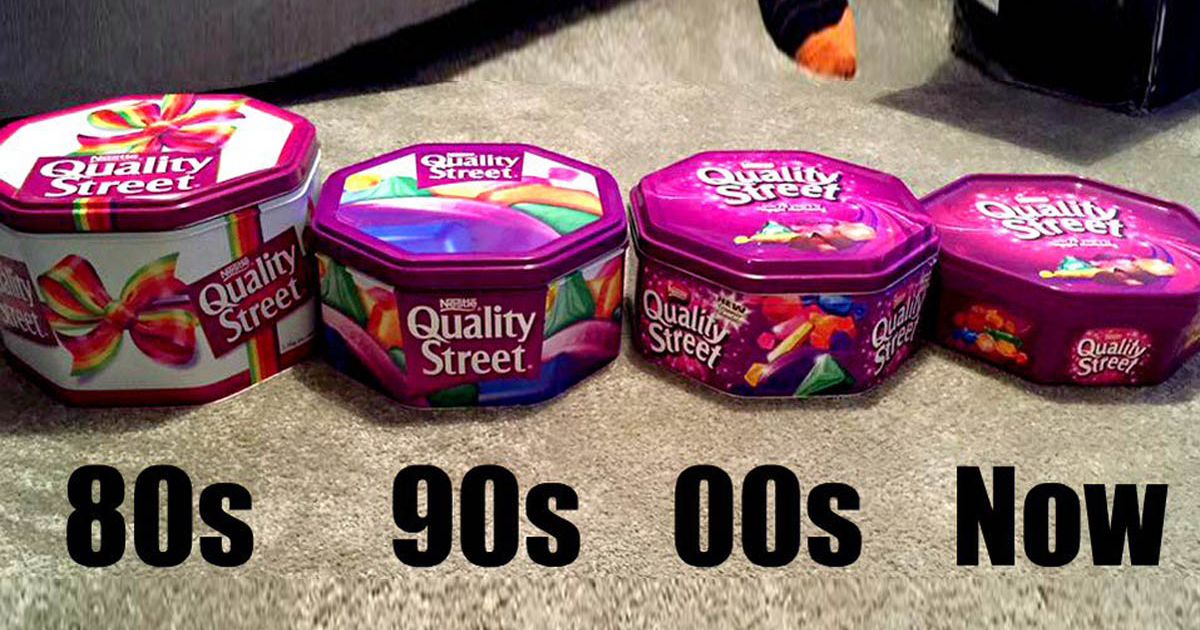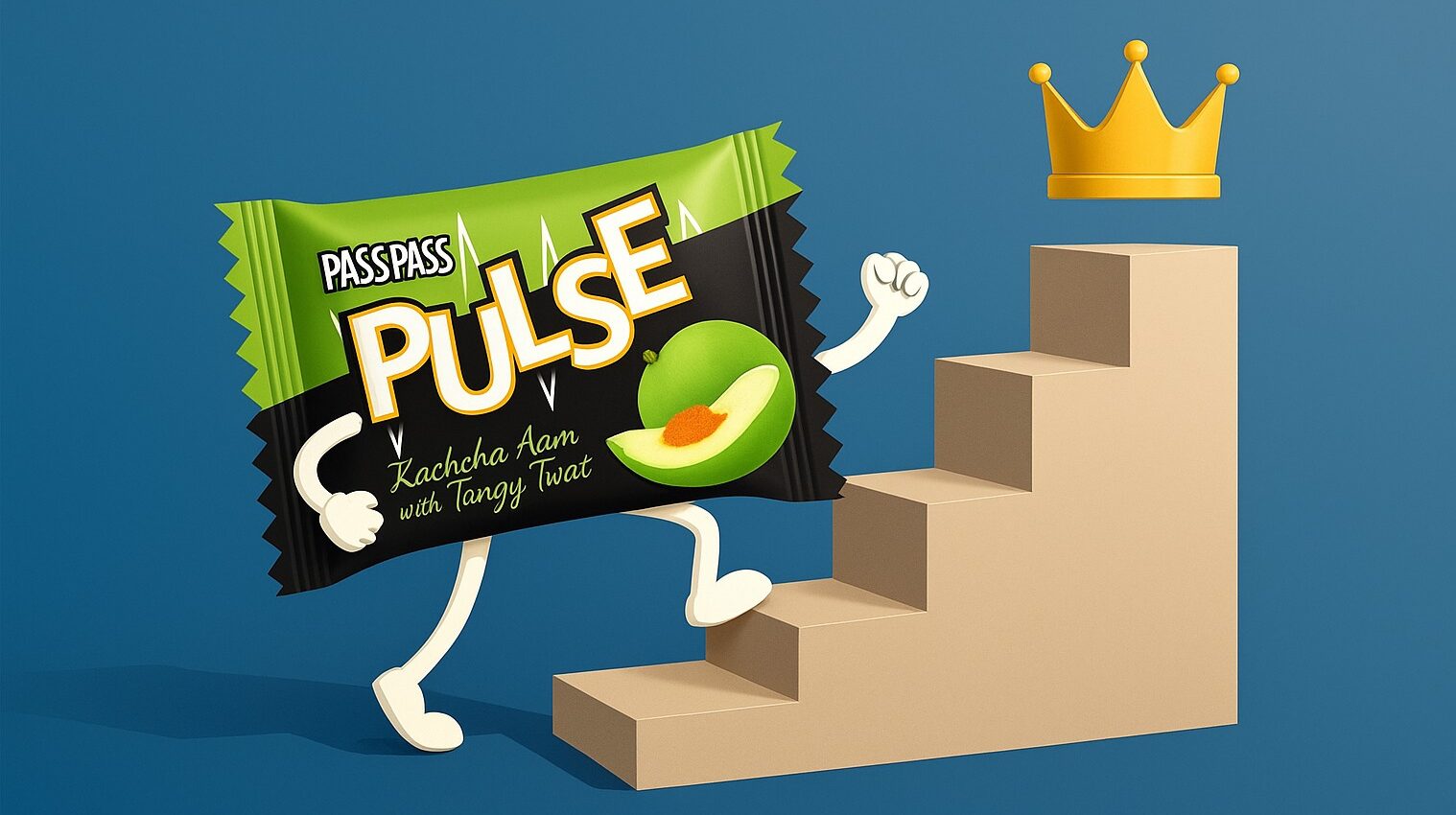Ever noticed how your favorite bag of chips contain lesser chips than what they used to? Or how a chocolate bar suddenly seems more… petite? Well, no, you’re not imagining things. Welcome to the world of shrinkflation — the quiet little trick companies use that affects your wallet without changing the price tag.
What Is Shrinkflation?

Shrinkflation is happens when a product gets smaller or contains less, but the price stays the same (or sometimes even goes up). So you’re paying the same for less. It’s the corporate cousin of inflation — not as obvious, but just as frustrating.
This isn’t new, by the way. It’s been happening for decades. But lately, as prices rise across the board — from groceries to gas — brands are using shrinkflation more and more to cut costs without scaring off customers.
Origin of the Term “Shrinkflation”
The term shrinkflation is a portmanteau combining “shrink” and “inflation.” British economist Pippa Malmgren, first coined it in 2009 to describe the phenomenon of consumer goods becoming smaller while their original prices remained unchanged. Malmgren popularized the term in her book Signals: How Everyday Signs Can Help Us Navigate the World’s Turbulent Economy, where she explained shrinkflation as giving less for the same price, often as a response by companies to rising costs.
Real-Life Examples (Because We’ve Experienced That)
- Major FMCG companies in India—such as Hindustan Unilever, Nestle, Britannia, Dabur, P&G, Coca-Cola, and PepsiCo—have used shrinkflation in recent years.
- Haldiram’s reduced its aloo bhujia packet size from 55 grams to 42 grams.
- Nestle decreased the quantity of Maggi noodles from 80 grams to 55 grams.
- Vim soap’s 10-rupee bar was reduced from 155 grams to 135 grams.
- Tetley Green Tea decreased the number of tea bags per box from 100 to 88.
Why Companies Do It?
This tactic helps companies with increasing input costs—such as raw materials, labor, and supply chain expenses—without triggering an negative reaction from consumers who are more likely to notice and resist price hikes.
Consumers naturally respond more to overt price hikes than to subtle, less noticeable cuts in product size. By shrinking the product but keeping the price same, brands create the fallacy that the price has not changed. This helps maintain customer loyalty and minimize the risk of customers switching to competitors.
In order to justify shrikflation and preserve trust, companies tend to use communication techniques where the reasons for size cuts are justified based on economic reasons, with a focus on empathy and transparency.
Tips for Consumers
To spot shrinkflation effectively, consumers should try the following practical strategies:
- Compare Unit Prices: Calculate the price per unit (e.g., price per 100 grams or per item) rather than just the total price. A stable or increasing price with a reduced quantity means you are paying more per unit.
- Watch for Packaging Redesigns or New Slogans: Companies often redesign packaging or introduce new slogans when they reduce product size to distract consumers.
- Keep Track of Your Regular Purchases: Maintain a list of frequently bought products and note any size or quantity changes over time.
- Use Price Tracking Tools and Apps: Digital tools and browser extensions can help monitor price histories and alert you to changes in price or product size.
- Be Skeptical of Visual Package Size: Packaging may remain the same size or even appear larger while the product inside is less. Always rely on the numeric information rather than visual cues alone.
While companies hope we won’t notice, every gram and every sheet counts—shrinkflation reminds us to stay alert and demand transparency on what we’re really getting for our money.
ALSO READ : Are You Paying More Than Your Friend? The Truth About Price Discrimination























